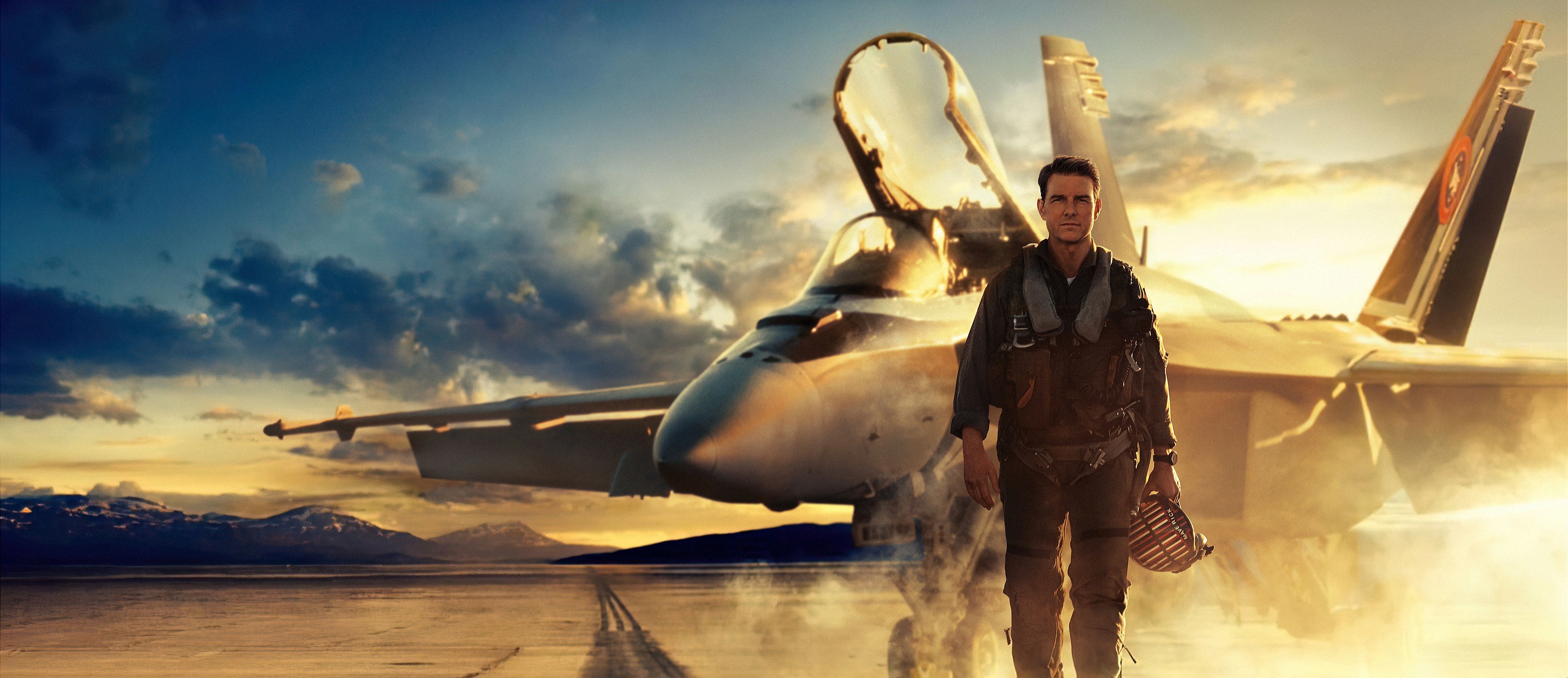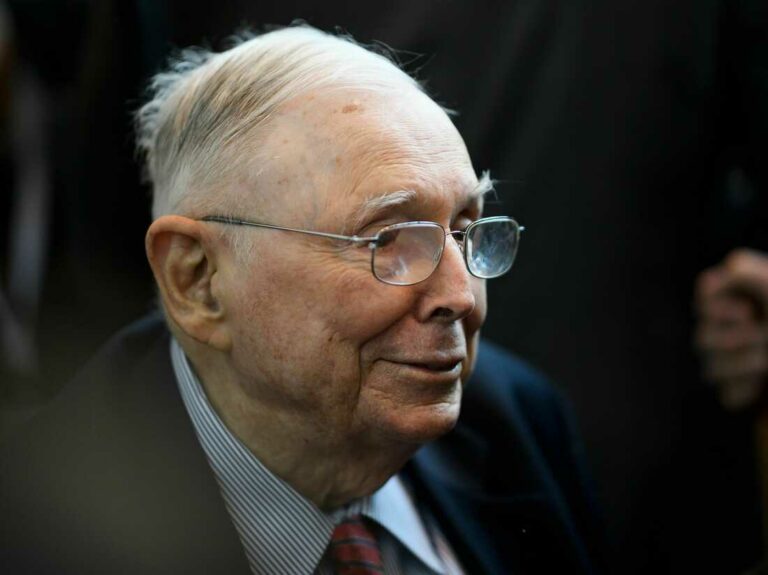One of the best scenes from Top Gun: Maverick comes near the end of the movie, when the American pilots have successful destroyed an enemy base, and Tom Cruise’s character, Maverick, and his co-pilot, Rooster have successfully fled the enemy airstrip in a commandeered F-14 fighter jet (the same one used back in the first Top Gun).
Maverick and Rooster are 15,000 feet in the air and supersonic, looking like they’re finally in the clear, when two enemy aircraft fly up next to them. After a terse nonverbal exchange, one enemy aircraft pulls into the dangerous “weapons envelope”, and our protagonists discuss what they should do:
Rooster: Mav, can we outrun these guys?
Maverick: Not their missiles and guns.
Rooster: Then it’s a dog fight.
Maverick: In an F-14 against 5th gen fighters?
Rooster: It’s not the plane, it’s the pilot.
You’d go after them if I wasn’t here.
Maverick: But you are here.
Rooster: C’mon Mav, don’t think, just do.
What follows is the big payoff scene of the movie: over a visually stunning and action-packed sequence, Captain Pete Mitchell, call sign “Maverick,” deploys his legendary flying skills and takes out, not one, but two, enemy aircraft — successfully bringing Rooster, the son of his deceased best friend, home.
The entire sequence is a triumphant climax to a well-crafted story that had been built up steadily to this point. Say what you want about action movies, but Top Gun: Maverick is a masterclass in storytelling; a movie that could have easily been your run-of-the-mill action sequel with big guns and things blowing up, was, instead, a poignant story about an aging man wondering if he still belongs in this world.
Founders have more to learn from this movie than they might realize.
It’s not the slides, it’s the story
If you go to Google right now and search for “pitch deck examples”, you will invariably find pages of presentation examples, checklists and articles with titles like “the only ten slides you need in a deck.”
These articles, while useful, are not the best starting place when preparing an investor presentation. Why? Because in jumping to “what slides you need” the entrepreneur invariably skips the very first step they should take—which is, answering:
What is your overall story?
Why should investors care about where you are going? What’s in it for them?
One of the reasons Top Gun: Maverick is so compelling is because it executes a simple story remarkably well. Like a great song, there is a rhythmic quality and structure to this movie; a momentum that builds into a satisfying payoff; themes and sub-themes that are woven like notes into the fabric of the story.
As an entrepreneur, making your deck not just some slides but a story is where the real magic is at. It’s one thing to launch into your total addressable and total serviceable markets. It’s another entirely to stand up and paint a compelling vision that hooks the audience. To speak and present with rhetorical might – with confidence, clarity and compelling narrative.
In storytelling, like in songwriting, the goal isn’t to make sure you include all the right notes. The goal is goosebumps.
It’s not the plane, it’s the pilot.






